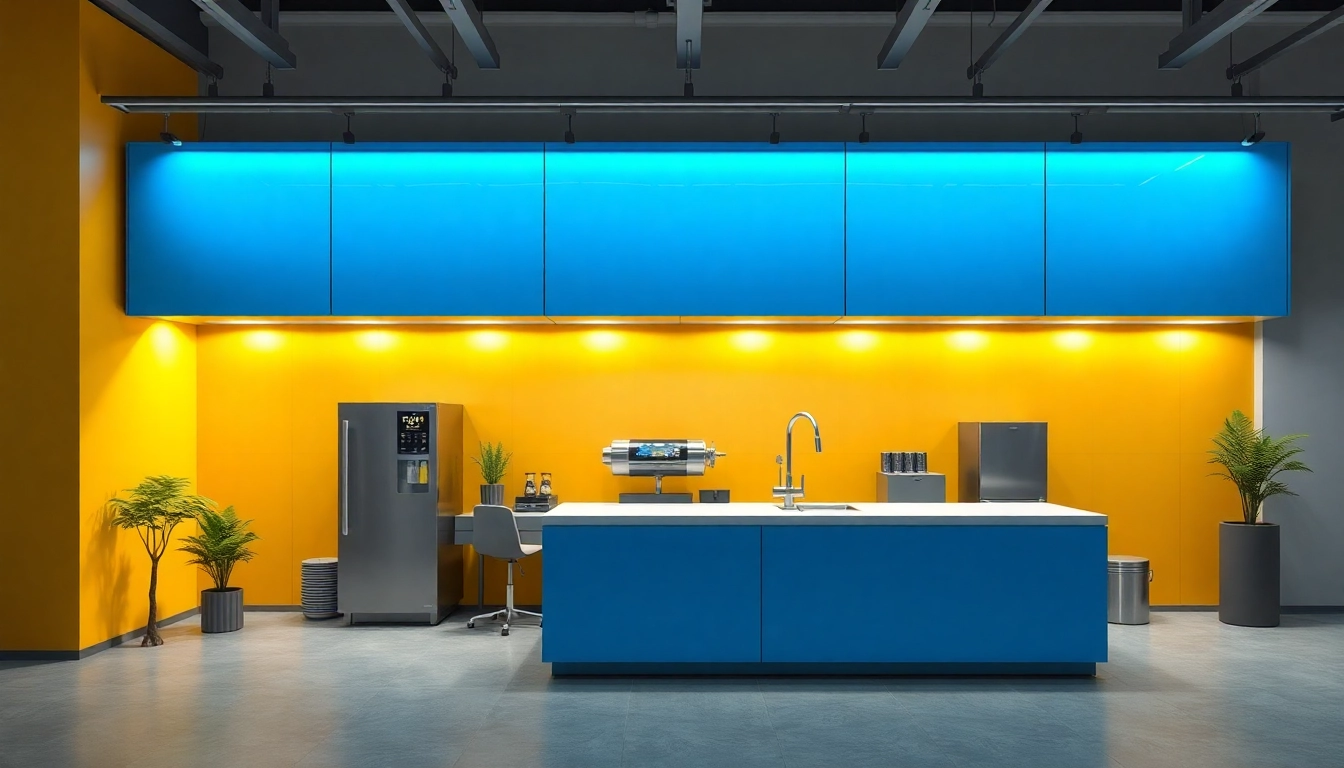Introduction to Speedglas Welding Helmets
In the world of welding, safety and efficiency are paramount. Welders face numerous hazards including intense light, heat, and harmful fumes. The right protective gear is essential, and when it comes to welding helmets, few brands stand out like speedglas. Known for their innovation and reliability, Speedglas helmets are widely regarded as industry leaders, combining cutting-edge technology with user-friendly designs. This article will delve into the features that make Speedglas a top choice for professionals, explore safety certifications, and guide you in selecting the perfect model to meet your specific needs.
Overview of Speedglas Technology
Speedglas has been a pioneering force in the manufacturing of welding helmets since 1981, developed under the umbrella of 3M. Their commitment to enhancing the welding experience through advanced technology has resulted in several notable features that define their helmets. One of the primary innovations is the auto-darkening filter, which automatically adjusts the lens shade based on the intensity of the light from the welding arc. This technology not only protects the welder’s eyes but also eliminates the need for manual adjustments, allowing for greater focus on the task at hand.
Speedglas helmets incorporate high-quality optics that provide excellent visibility both during and after the welding process. This clarity can significantly reduce eye strain during extended periods of use, contributing to overall comfort and efficiency.
Why Choose Speedglas for Your Welding Needs?
Choosing Speedglas means opting for helmets that prioritize user safety and comfort. Their ergonomic design ensures that welders can work for long durations without discomfort, which is essential in high-pressure environments. Additionally, many Speedglas models come equipped with integrated respiratory systems that eliminate harmful fumes and provide fresh air, creating a healthier work environment.
Another significant advantage is the range of customization options available. Welders can select feature sets tailored to their specific applications—whether they are engaged in MIG, TIG, or stick welding, Speedglas provides tailored solutions recommended for each welding method.
Comparison with Competing Brands
While several brands offer welding helmets, Speedglas outshines the competition in several critical areas. For instance, brands like Lincoln Electric and ESAB are also well-regarded in the welding community; however, Speedglas tends to edge ahead in terms of comfort and visual experience. The unique technology found in Speedglas helmets, such as the angle of the auto-darkening lens and the clarity of the optical filter, has been noted in multiple comparisons, often ranking Speedglas helmets at the top for professionals who need reliable performance.
The substantial market research backing Speedglas products reinforces their credibility. Their effectiveness is often confirmed by user reviews and industry rankings, making them a trustworthy choice for welders seeking durability, functionality, and safety.
Key Features of Speedglas Helmets
Advanced Auto-Darkening Filters
The hallmark of Speedglas helmets is undoubtedly their advanced auto-darkening filters. These filters respond in milliseconds to changes in light, ensuring that welders are protected instantly from the intense glare of an arc. Different models offer varying shades, typically ranging from 8 to 13, which cater to different types of welding electrodes and processes. For example, the Speedglas 9100XXi offers a transparent state (shade 3) that enhances visibility and allows welders to focus on their work without distraction before beginning to weld.
Additionally, some models include features like ‘grind mode,’ allowing the welder to use the helmet without the need for darkening when grinding—an essential function that enhances versatility and efficiency.
Ergonomic Design and Comfort
Welding can be physically demanding, requiring long hours of wear. Speedglas helmets are designed with comfort in mind. They feature a lightweight structure and adjustable headgear that can be tailored to fit the user’s head size and shape, minimizing discomfort during prolonged use. Many models also include a cushioned lining that enhances comfort on pressure points, making them suitable for anything from routine tasks to demanding projects.
Furthermore, the helmets maintain excellent balance and stability, which is essential when welders tilt their heads or look at various angles while operating their tools.
Durability Factors in Welding Environments
Welders need helmets that can withstand harsh environments. Speedglas helmets are built with high-quality materials that resist heat, sparks, and other abrasive elements encountered in welding. The external shells are designed to be impact-resistant, while the internal filter components are crafted to endure the thermal stress that arises during welding tasks.
This durability translates into a longer lifespan for the helmet, saving users money in the long run as replacements may not be necessary as frequently. Additionally, even in rough working conditions, Speedglas helmets continue to deliver uncompromised performance, ensuring continued safety and protection for the welder.
Safety Standards and Certifications
Understanding the Relevant Safety Standards
When investing in a welding helmet, it is crucial to consider safety standards. Speedglas helmets comply with various safety requirements set by organizations such as the American National Standards Institute (ANSI) and the European Committee for Standardization (CEN). These certifications ensure that the helmets have undergone rigorous testing and meet the minimum performance criteria needed to safeguard users effectively.
Compliance with such standards is vital, as many employers mandate the use of certified protective gear to ensure worker safety and legal compliance in hazardous environments.
The Importance of Certification in Welding Gear
Certifications not only serve as endorsements of product safety but also reflect reliability and manufacturer accountability. They assure welders that the products they are using have been tested for effectiveness against environmental hazards, such as ultraviolet light and heat. Filters are tested for their optical performance, ensuring that visibility remains high even in challenging conditions.
Moreover, using certified equipment can significantly impact insurance and liability issues. In the event of an accident, being equipped with a certified product can protect users and their employers legally, thereby safeguarding against potential claims of negligence.
How Speedglas Meets Safety Requirements
Speedglas has built a reputation for not only meeting but often exceeding the safety requirements laid out by various organizations. Features such as high-impact resistance, superior UV protection, and reliable auto-darkening responsiveness exemplify their commitment to user safety. Their helmets also comply with relevant respiratory protection standards, making them ideal for welders who may work in environments with hazardous fumes.
In addition, Speedglas invests in continuous research and testing to adapt their products to meet evolving safety demands in the welding industry, ensuring that they remain at the forefront of protective equipment technology.
Choosing the Right Model
Speedglas Models Overview
Speedglas offers a variety of models tailored to different welding applications and user preferences. Some popular models include the Speedglas 9100 series, known for its advanced optical performance, and the G5 series, which features enhanced ventilation and integrated respiratory protection systems.
Each model varies in terms of features, including the number of sensors, auto-darkening shades, and the scope of integrated respiratory gear. For example, the Speedglas G5-01 is particularly recommended for professional welders requiring multiple functionality, including grinding modes.
Understanding the specific capabilities of each model can help you to select the best helmet to match your welding style—whether it’s TIG, MIG, stick welding, or a combination of these processes.
Matching Models to Specific Welding Tasks
Different welding tasks require helmets with specific features. For instance, if you primarily engage in TIG welding, you might prefer a helmet with a lower minimum shade and faster switching speed to accommodate the finer adjustments and accuracy needed in this technique. The Speedglas 9100 series excels in this regard, providing superior clarity and quick response times.
For those involved in MIG welding or situations where exposure to sparks is high, helmets with robust coverage and higher shades – such as those found in the G5 series – may be more appropriate. Also, keeping in mind the need for built-in respiratory protection can dictate which model best suits your personal or workplace needs, especially in environments with high levels of fumes and attempts to maintain air quality.
Understanding Price Points and Value
Price points for Speedglas helmets can vary widely depending on the features and functionalities included. Generally, investing in a higher-priced model can provide better value in terms of durability, comfort, and enhanced protection features; however, users should assess their individual needs when considering their budget.
Additionally, comparing the longevity and reliability of Speedglas helmets to less expensive alternatives can also prove valuable. In many cases, a more expensive helmet may provide greater incremental cost savings over time through reduced replacement frequency and improved safety outcomes.
Maintenance and Care for Speedglas Helmets
Cleaning and Maintenance Tips
To ensure the longevity of your Speedglas welding helmet, proper cleaning and maintenance are essential. Regularly inspecting the helmet for damage, especially around the lens and headgear, will help you to catch any potential issues early. The exterior of the helmet should be cleaned with a damp cloth and mild soap, while the lens can usually be cleaned with a dedicated lens cleaning cloth to avoid scratching.
Users should also routinely check the calibration of auto-darkening filters to ensure they are functioning correctly. Keeping the helmet stored in a safe place when not in use will also protect it from unnecessary damage or wear.
Storage and Longevity
Correct storage is vital for maintaining the integrity of welding helmets. Speedglas helmets should ideally be stored in a designated, padded case away from extreme temperatures and direct sunlight. Avoid placing heavy items on top of the helmet to prevent deformities or lens scratching. Following these simple steps can enhance its life span, ensuring that your investment continues to serve you effectively over the years.
When to Replace Your Welding Helmet
While Speedglas helmets are built to be durable, there will come a time when replacements are necessary. Key indicators for replacement include significant scratches on the lens that impair visibility, damage to the helmet’s structure, or the failure of the auto-darkening mechanism. Additionally, if you notice discomfort due to wear and tear on the headgear or padding, it may be time to look for a new helmet to ensure you’re always welding safely and comfortably.
Also, consider the age of your helmet, as older models may lack the latest technology and protective features that newer helmets now offer. Keeping abreast of advancements in welding safety equipment will help you make informed decisions about upgrades.


